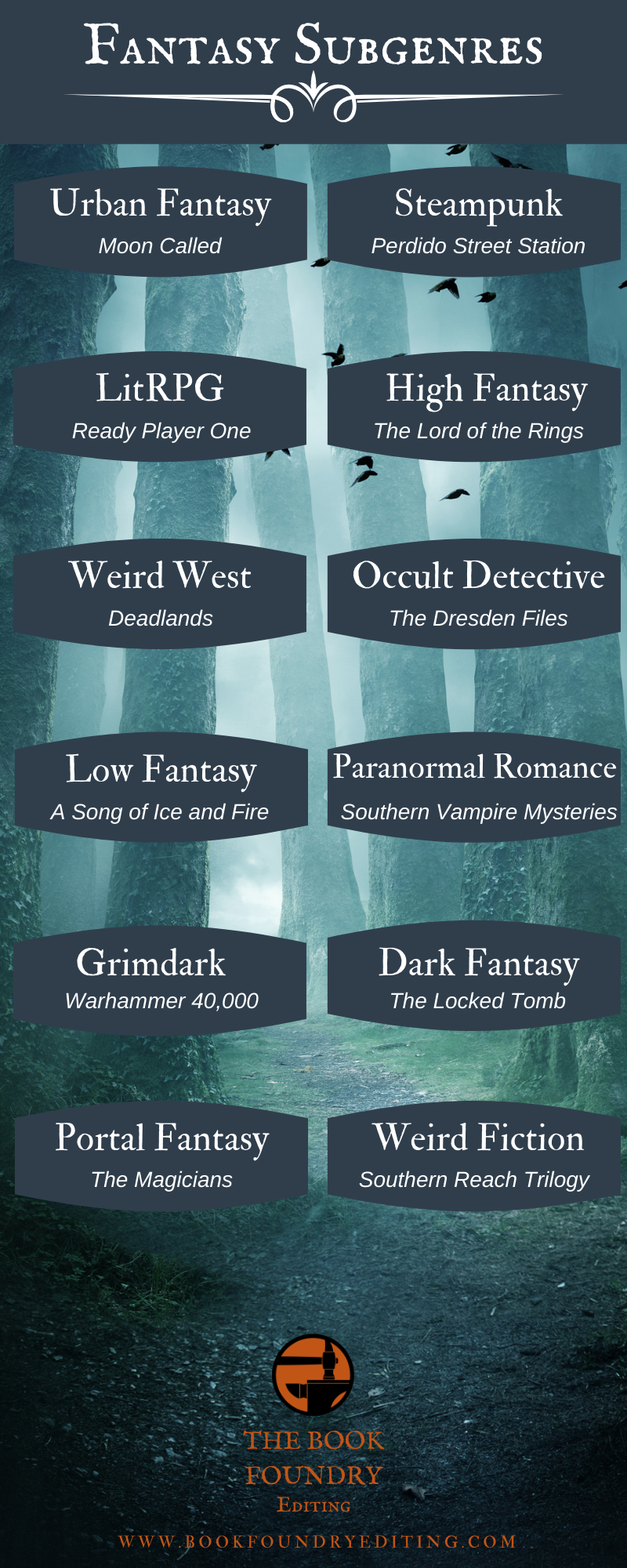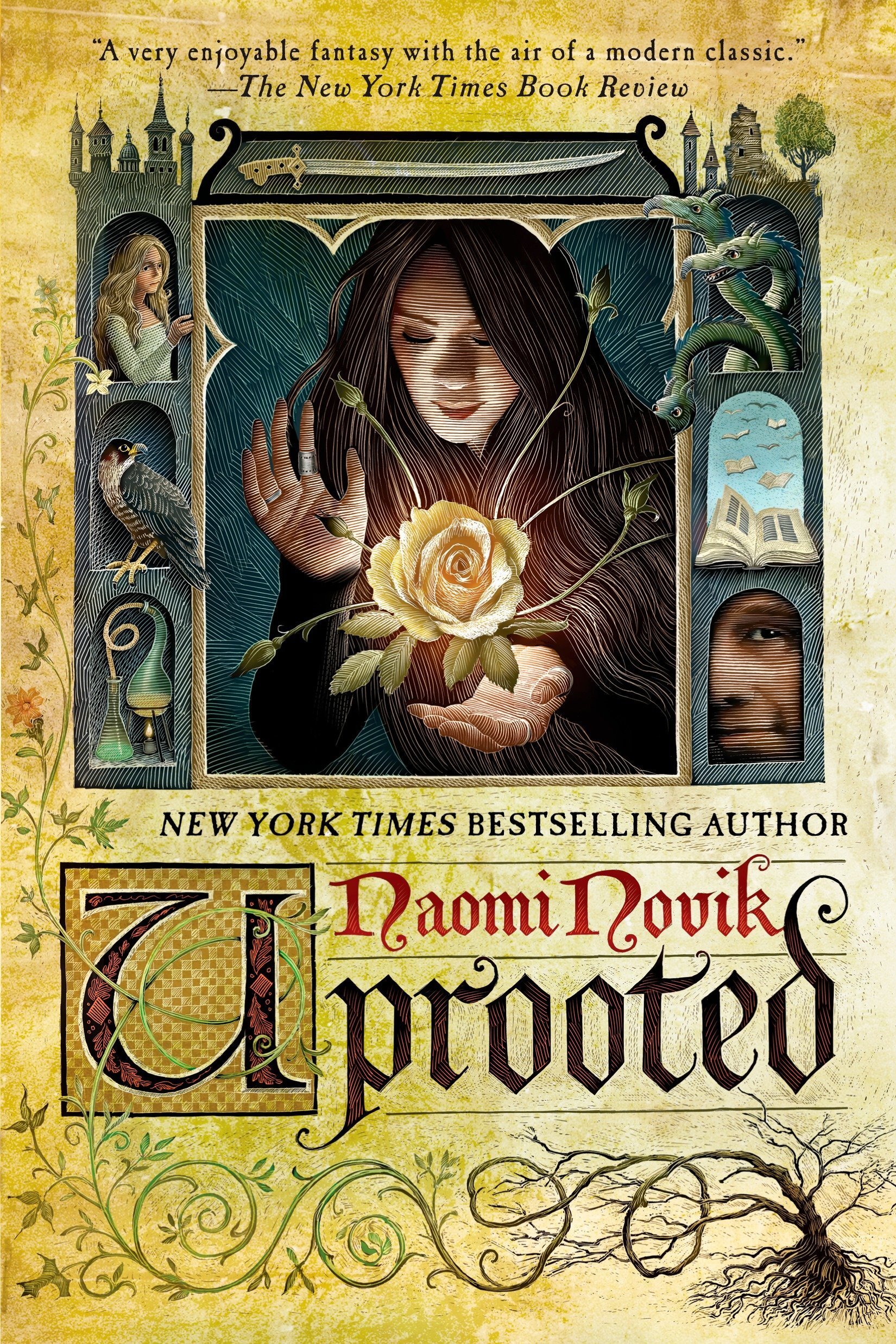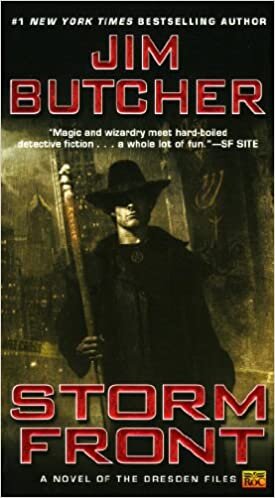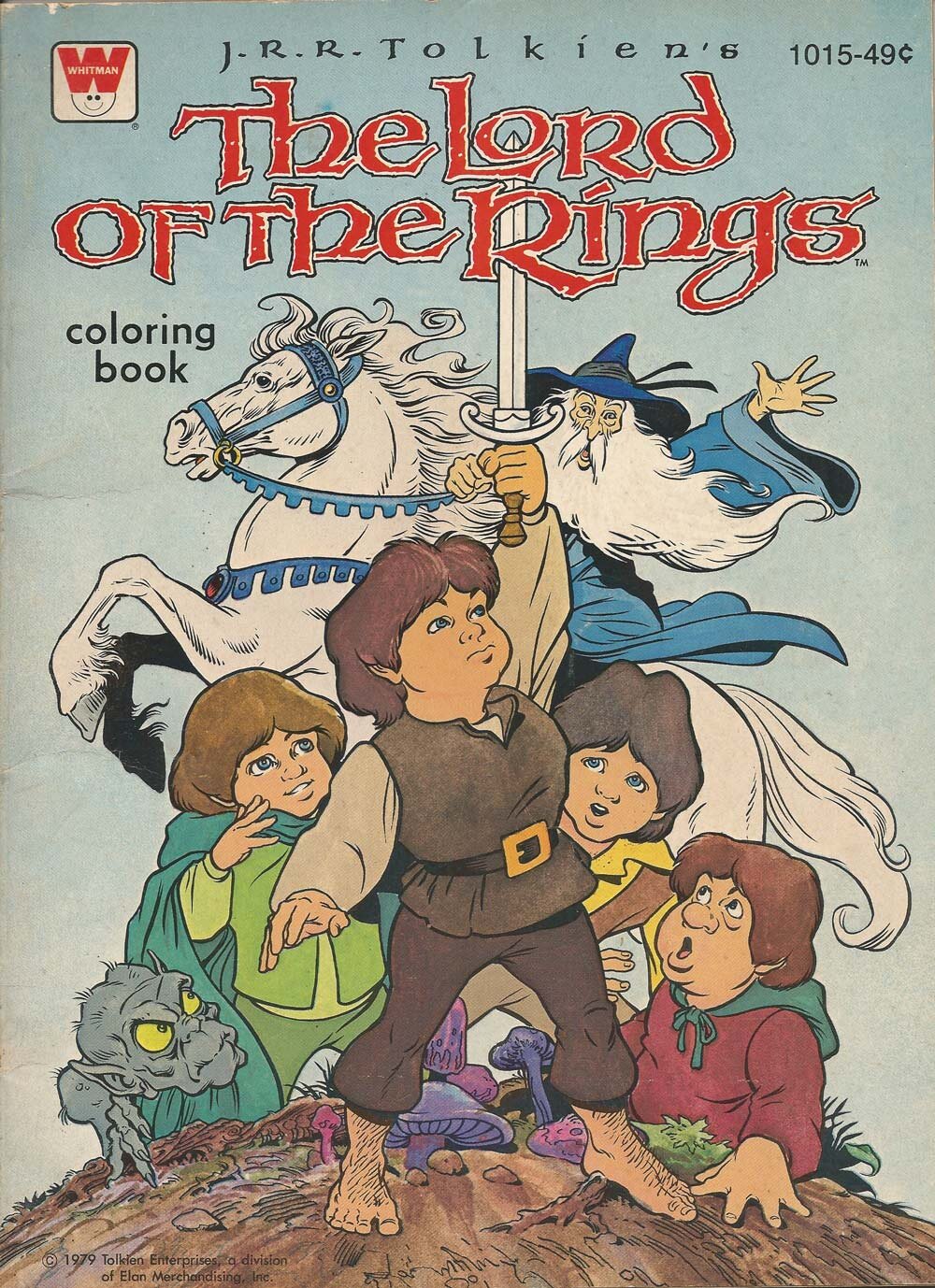High Fantasy vs Low Fantasy:
A Quick Guide
The fantasy genre is extraordinarily popular, routinely grabbing the #1 spot in bestselling lists. With so many options to choose from, it's no wonder readers and publishers have carved out countless niches (subgenres) to categorize their fantasy fiction. How else could readers quickly find similar books to the one they just adored?
In researching information for this blog, I came across subgenre names even I had never heard of, shown on this list.
And they just get more specialized from there.
But sometimes drawing definitive lines is nonsense, and things don’t always fit into neat categories. Books can contain a whole range of different elements that place them half in High Fantasy and half in Low Fantasy, depending on who you're asking.
So, on that note, let's talk about these two categories!
High Fantasy
This can be typically defined as set in an alternative, secondary, fictional world. This world will not look familiar as our realistic one.
You might see giants and unicorns living side by side, using their magic to handle mundane daily problems. Or this world might host a magical battle system and every child is sent to their regional school for training in a coming great war. This is the genre where you would best find sweeping fantasy epics.
The secondary worlds of this genre can also include portal fantasy, as in His Dark Materials by Philip Pullman. As a world-within-a-world, the alternative Oxfordshire has its own sets of rules for what is expected. Everyone in this secondary portal world is connected to a daemon who acts independently of their human. This would put the parallel world into the secondary or High Fantasy category.
Examples
Discworld by Terry Pratchett: A comic, and at times satirical, series set within a flat world that sits on the backs of four elephants, which stand on the back of a giant turtle. The Librarian is an orangutan, and Death sits astride a pale horse named Binky. If this world feels familiar to your own, it might be time to put down the “tea.”
Uprooted by Naomi Novik: The corrupted Wood surrounding Agnieszka’s village is encroaching and threatening certain disaster. To keep the Wood at bay, the local wizard demands a girl from the valley be locked up in his tower for a decade at a time. The new year has come, and his choice is not expected.
Six of Crows by Leigh Bardugo: Criminal prodigy Kaz Brekker is offered a chance at a deadly heist that could make him rich beyond his wildest dreams — but he can’t pull it off alone. Set in the High Fantasy world of the GrishaVerse, this book boasts a rare heist plot full of magic users and mind manipulators.
The Lord of the Rings by J. R. R. Tolkien: The epic High Fantasy to influence them all. This series includes a normalized magic system, a sentient tree population, and fantasy species who live side by side. The Lord of the Rings is often pointed to as the very definition of High Fantasy.
Low Fantasy
First off, "low" does not mean "lesser than." Think of this genre as having a lower scale of fantasy shenanigans. It's almost better if we call this intrusion fantasy, where elements of the fantastical are "intruding" on the realistic world.
Low Fantasy can be described as set in a rational or familiar fictional world in which magical occurrences happen to be introduced.
So, you can expect these fictional worlds to look pretty similar to our modern one or even from our historical past. It may have entirely different countries, political systems, and cultures, but you shouldn't expect to see dragons used as global-spanning transportation from the first page.
The fantasy part comes in as an unusual element after the story first starts (introduced) or as an unusual element to most of the world (hidden).
Examples
The Dresden Files by Jim Butcher: As a professional wizard, Harry Dresden knows firsthand that the “everyday” world is actually full of strange and magical things — and most of them don’t play well with humans. Butcher’s series tells the stories of Chicago’s first (and only) Wizard P.I. as he investigates magic murders and haunted high-rises.
A Song of Ice and Fire by George R. R. Martin: While this world does include dragons, ice zombies, and reanimation after death, those elements of the world are considered foreign and unusual to its inhabitants. This makes GRRM’s series a perfect example of a fictional world that resembles our historical past where magic intrudes in a strange way.
Ninth House by Leigh Bardugo: As the newest member of the house of Lethe, Alex Stern has been tasked with monitoring the mysterious activities of Yale’s secret societies among the other eight houses. Set in our primary world where the comings and goings of these societies are kept a secret, this Low Fantasy novel includes tampering with forbidden magic, raising the dead, and preying on the living. . .
Also The Lord of the Rings by J. R. R. Tolkien — It is set in an ancient Earth past, after all, and some argue that makes it an example of Low Fantasy. Just goes to show you how classifications are all made up and the points don't matter.
Which fantasy subgenre is your favorite? Let me know in the comments!
And if you’re ready for your 1,000-word sample edit and project estimate from The Book Foundry, click here!









